Where Does Tanjiro Kamado Live? Discover His Journey
Ever wondered where Tanjiro Kamado lives in Demon Slayer? Explore his homes, their significance, and how they shape his journey as a demon slayer. Click to find out!
DEMON SLAYER
Anime Fever
12/14/20249 min read
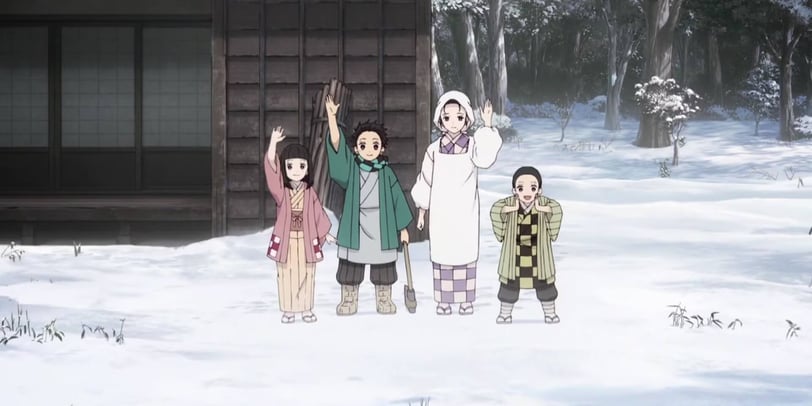

Demon Slayer: Kimetsu no Yaiba is a globally celebrated anime and manga series created by Koyoharu Gotouge. Set in a Taisho-era Japan filled with demons and demon slayers, the story masterfully combines action, emotion, and character-driven storytelling. At the center of this narrative is Tanjiro Kamado, a kind-hearted and determined young man who becomes a demon slayer after a tragedy befalls his family.
As the protagonist, Tanjiro’s journey is deeply influenced by his origins, specifically the home he once shared with his family in the mountains. This setting is not just a physical location but also a symbol of his family’s love, his resilience, and the emotional core of his mission.
In this article, we will explore the significance of Tanjiro’s home and how it serves as a foundation for his character development. From his humble beginnings in the Kamado family home to the temporary residences he occupies during his journey, we’ll examine how each location reflects different phases of his life and growth as a demon slayer. By understanding where Tanjiro Kamado lives—both physically and symbolically—we gain deeper insight into his character and the overarching themes of Demon Slayer.
The Kamado Family Home: Tanjiro’s Origins


The Kamado family home, nestled deep in the mountains of Taisho-era Japan, serves as the backdrop for the beginning of Demon Slayer: Kimetsu no Yaiba. This modest, wooden house reflects the simplicity and warmth of the Kamado family’s life. Surrounded by towering trees and blanketed by snow during winter, the home is isolated from bustling towns and cities, offering a serene but challenging environment for its residents.
Tanjiro, along with his mother and siblings, leads a humble life sustained by the resources of the mountains. As a charcoal seller, Tanjiro collects firewood from the surrounding forest, which he cuts and sells in nearby villages to support his family. The rugged terrain and harsh climate demand resilience, and the Kamado family exemplifies this through their hardworking and close-knit lifestyle. Despite their struggles, the family thrives on love, cooperation, and an unbreakable bond.
The mountains themselves play a significant role in shaping Tanjiro’s character. The physical labor of cutting wood and navigating the steep paths strengthens him physically, while the peaceful, natural setting fosters his gentle and empathetic nature. This environment is also crucial in instilling a strong sense of responsibility in Tanjiro, as he often helps his mother care for his younger siblings.
However, the family’s isolation proves to be a double-edged sword. While it protects them from the dangers of the outside world, it leaves them vulnerable to an unforeseen tragedy. This vulnerability becomes evident when Tanjiro returns home one day to find his family slaughtered by a demon, with only his sister Nezuko surviving—transformed into a demon herself.
The Kamado family home is more than a setting; it represents Tanjiro’s roots and the life he fights to protect. The warmth and simplicity of this home contrast starkly with the darkness he faces after its destruction, marking the beginning of his journey as a demon slayer. From this point onward, Tanjiro carries the memories of his home as a source of strength and motivation, driving him to confront the demons that tore his family apart.
The Devastation and Its Impact
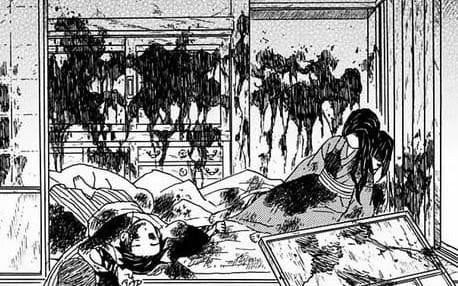

The peaceful life Tanjiro Kamado once knew is shattered in a single, devastating moment. After spending a night in a nearby village selling charcoal, Tanjiro returns to his mountain home to find his entire family brutally slaughtered by a demon. The scene is harrowing: the once warm and lively home is now cold and silent, stained with blood and loss. This tragedy not only destroys the physical structure of the Kamado family home but also dismantles the foundation of Tanjiro’s life.
Losing his home signifies more than just the destruction of a building. It represents the collapse of his familial bonds and the end of his childhood innocence. The house had been a place of love, security, and belonging—a sanctuary where he, his mother, and his siblings shared their lives together. Its loss leaves an emotional void that can never truly be filled, setting Tanjiro on a path defined by grief and determination.
In the midst of this devastation, Tanjiro discovers that his younger sister, Nezuko, has survived the attack but has been transformed into a demon. Though initially horrifying, Nezuko’s survival becomes a glimmer of hope for Tanjiro. She is not only his last remaining family member but also the anchor that drives his journey forward. Her presence redefines the concept of "home" for Tanjiro, shifting it from a physical space to the bond he shares with her.
This turning point in the story is pivotal for Tanjiro’s character development. The loss of his home motivates him to seek justice for his family and a cure for Nezuko’s condition. It also hardens his resolve to protect others from suffering similar fates. Ultimately, the devastation of the Kamado home becomes the catalyst for Tanjiro’s transformation into a demon slayer, forging his path toward strength, empathy, and unwavering determination.
Tanjiro’s Temporary Residences Throughout His Journey
As Tanjiro embarks on his journey as a demon slayer, his path is marked by numerous temporary residences, each representing a crucial phase of his growth. These places not only provide shelter but also serve as stages for his training, recovery, and encounters with key allies.
Sakonji Urokodaki’s House on Mount Sagiri
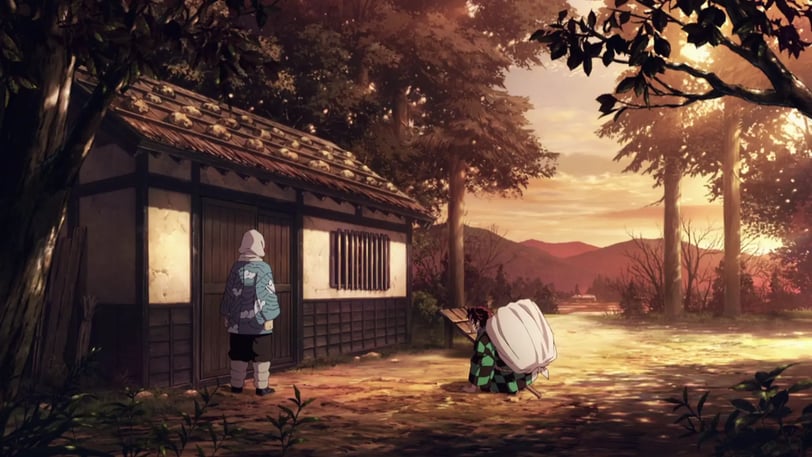

One of the first significant locations Tanjiro resides in is the home of Sakonji Urokodaki, a former Water Hashira, on Mount Sagiri. This secluded house, surrounded by dense forests and steep paths, becomes Tanjiro’s training ground. Under Urokodaki’s guidance, he learns the skills and techniques required to become a demon slayer, including the mastery of Water Breathing. The rigorous training here pushes Tanjiro to his physical and mental limits, marking the first major step in his evolution. The time spent at Urokodaki’s house also deepens Tanjiro’s bond with Nezuko, as she remains in a restorative sleep during this period.
Encounters with Tamayo and Yushiro
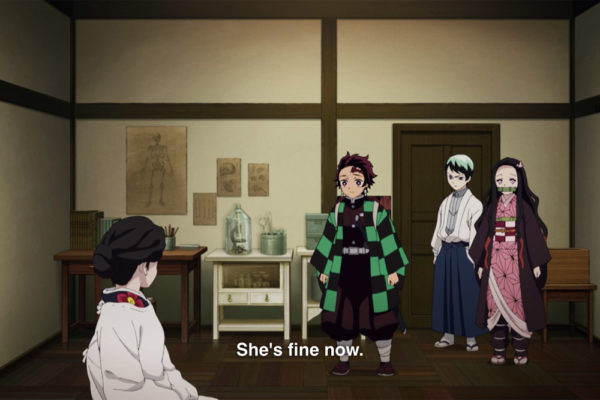

During his journey, Tanjiro meets Tamayo and Yushiro, two demons who have renounced their violent nature. Tamayo’s home becomes a temporary refuge, offering safety and insight into the demon world. This encounter is significant as it introduces Tanjiro to the possibility of coexistence between humans and demons, reinforcing his hope of curing Nezuko. Tamayo also provides him with critical knowledge and tools for his mission, such as the formula to study demon blood.
Temporary Shelters, Villages, and Battlefields
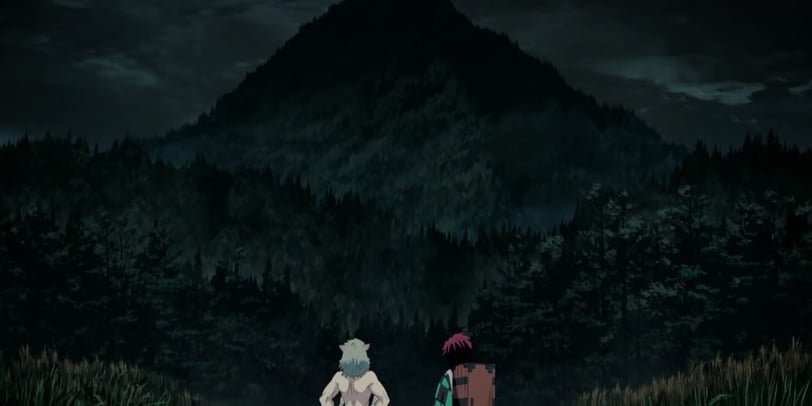

Throughout his missions, Tanjiro frequently stays in villages and inns provided by the Demon Slayer Corps. These places offer brief moments of respite but are often juxtaposed with intense battles. Each location reflects the growing stakes of his journey, as Tanjiro faces increasingly powerful demons and deepens his understanding of the Corps' mission. For instance, the battles in Asakusa and Natagumo Mountain are pivotal moments where Tanjiro’s strength and resolve are tested.
The Role of These Residences in Tanjiro’s Growth
Each temporary residence symbolizes a stage in Tanjiro’s transformation. Urokodaki’s house represents discipline and mentorship, while Tamayo’s home introduces him to compassion and intellectual strategy. The battlefield shelters embody the harsh realities of his mission, pushing him to grow stronger with each encounter.
Through these experiences, Tanjiro evolves from a grieving boy into a determined demon slayer, carrying the lessons and memories of each place as he continues his journey. These temporary homes may lack permanence, but they leave lasting impacts on Tanjiro’s character and mission, ultimately shaping him into the hero of Demon Slayer.
The Butterfly Mansion: A Sanctuary
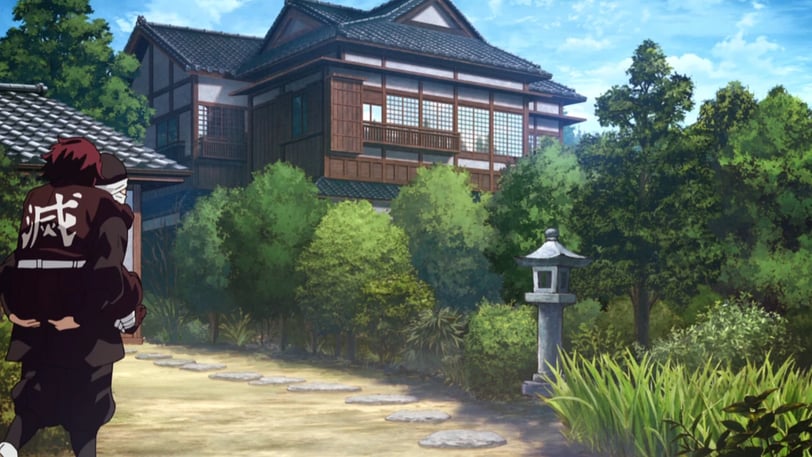

The Butterfly Mansion is one of the most significant locations in Demon Slayer, serving as a sanctuary for Tanjiro and his companions. Nestled in a peaceful setting surrounded by nature, the mansion operates as a recovery and training center for injured demon slayers. Managed by the kind-hearted members of the Kocho family, including Kanao Tsuyuri and the caretaking trio of Aoi Kanzaki and the Butterfly Girls, the mansion becomes a safe haven for Tanjiro, Nezuko, Zenitsu, and Inosuke after their grueling battles.
Recovery and Rehabilitation
After surviving the intense fight on Natagumo Mountain and later the fierce battle against Rui, the Lower Moon demon, Tanjiro and his friends arrive at the Butterfly Mansion physically and emotionally battered. The mansion’s peaceful environment and diligent care from the staff allow them to heal and regain their strength. For Tanjiro, it’s not just a place for physical recovery—it also provides a mental respite. Nezuko is welcomed and cared for, reaffirming the mansion’s role as a compassionate refuge for all.
A Place for Growth and Training
Beyond recovery, the Butterfly Mansion is instrumental in Tanjiro’s continued development as a demon slayer. Here, he undergoes intense rehabilitation training alongside Zenitsu and Inosuke. The exercises focus on improving their stamina, reflexes, and mastery of breathing techniques. Though initially grueling, the training at the Butterfly Mansion proves to be a turning point for Tanjiro, pushing him closer to mastering Total Concentration Breathing: Constant, a skill essential for demon slayers.
A Symbol of Hope and Unity
The Butterfly Mansion represents more than just physical shelter; it symbolizes hope, healing, and collaboration among the Demon Slayer Corps. It stands as a beacon of resilience in the face of overwhelming adversity, embodying the spirit of teamwork and perseverance. The camaraderie built within its walls strengthens the bond between Tanjiro and his friends, reminding them of their shared mission.
As a sanctuary, the Butterfly Mansion not only restores their bodies but also rejuvenates their spirits, preparing them to face the challenges ahead. For Tanjiro, it becomes a place of solace, growth, and connection, reinforcing the themes of compassion and determination that define his journey.
Symbolic Representation of "Home" in Demon Slayer
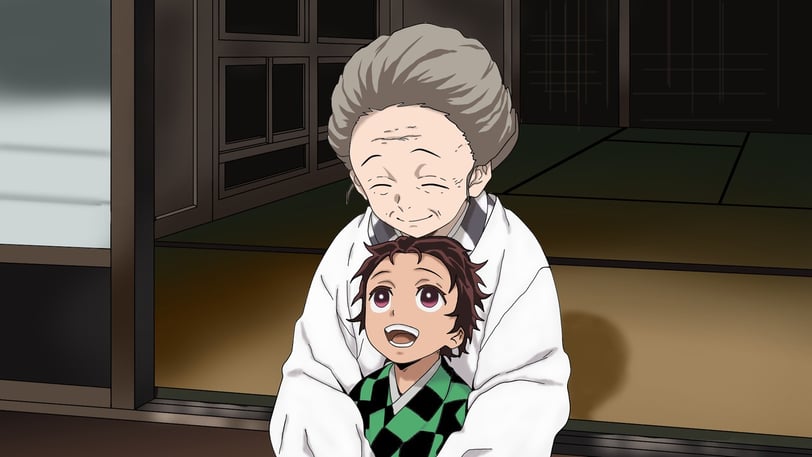

In Demon Slayer, the concept of "home" transcends its physical definition for Tanjiro Kamado. While the Kamado family’s mountain home serves as the literal starting point of his journey, "home" evolves into an emotional and symbolic presence throughout the series. It becomes a representation of love, family, and the values instilled in him by his late parents and siblings.
Tanjiro’s memories of his original home fuel his motivation as a demon slayer. The warmth and simplicity of his childhood, marked by the bond he shared with his family, act as a guiding light in his darkest moments. These memories remind him of what he has lost and, more importantly, what he continues to fight for: a world where families like his can live peacefully, free from the terror of demons.
For Tanjiro, "home" is also embodied in his relationship with Nezuko. As his only surviving family member, Nezuko represents his remaining connection to the life they once shared. His determination to protect her and find a cure for her demon curse becomes the emotional core of his mission. In this sense, "home" is wherever Nezuko is—a dynamic and enduring bond that gives him strength.
Ultimately, Tanjiro’s journey reflects the idea that "home" is not confined to a physical place but lives in the connections and memories we carry. It becomes the foundation for his resilience, compassion, and unyielding resolve to protect others, making it a powerful and recurring theme in Demon Slayer.
Conclusion
The places Tanjiro Kamado has lived—both his original family home and the temporary residences he encounters throughout his journey—play a pivotal role in shaping the narrative of Demon Slayer. From the tranquil mountains of his childhood to the Butterfly Mansion’s sanctuary, each location reflects a phase of his growth as a person and a demon slayer. These environments not only provide physical shelter but also symbolize the emotional and psychological development Tanjiro undergoes as he faces trials and builds bonds with others.
At its core, Demon Slayer emphasizes that "home" is not just a place but a feeling rooted in love, connection, and purpose. For Tanjiro, his memories of the Kamado family home and his unwavering commitment to Nezuko define this sense of "home." These elements fuel his resilience and inspire his compassion, making him a symbol of hope in a world fraught with darkness.
Ultimately, the connection between the environments Tanjiro inhabits and his emotional journey highlights the profound role that "home"—in all its forms—plays in shaping who we are and the paths we choose to take.
Read Also: Demon Slayer: Who is Tanjiro Kamado? Discover the Hero Behind the Sword!
Read Also: Demon Slayer: Who is Tanjiro Kamado's Father? Discover the Legend!
Read Also: Demon Slayer: Who Are Tanjiro Kamado's Siblings? Uncover His Family Bonds!
